Daniel Stenstrup Rasmussen
Chief Operating Officer
Chief Operating Officer
Chief Executive Officer
Højby Pumpestation is a heating facility within the heating district of the Danish Island, Funen.
Recently we completed a campaign at Højby Pumpestation, which included cutting down the existing piping system and replacing it with new components, including all pipes and pumps from the floor.
When dealing with maintenance, replacement, and construction of piping systems at district heating plants, we need to operate fast and firm as it involves shutting down the district heating, leaving residents without heat for several hours.
Within 15 hours we were able to remove the existing components and placing the new bends. Thereafter, we completed the campaign by building up the rest of the piping system.
Thank you Fjernvarme Fyn A/S for the trust to service and maintain your heating facilities and of course a big thank you to our service technicians for doing a great job.
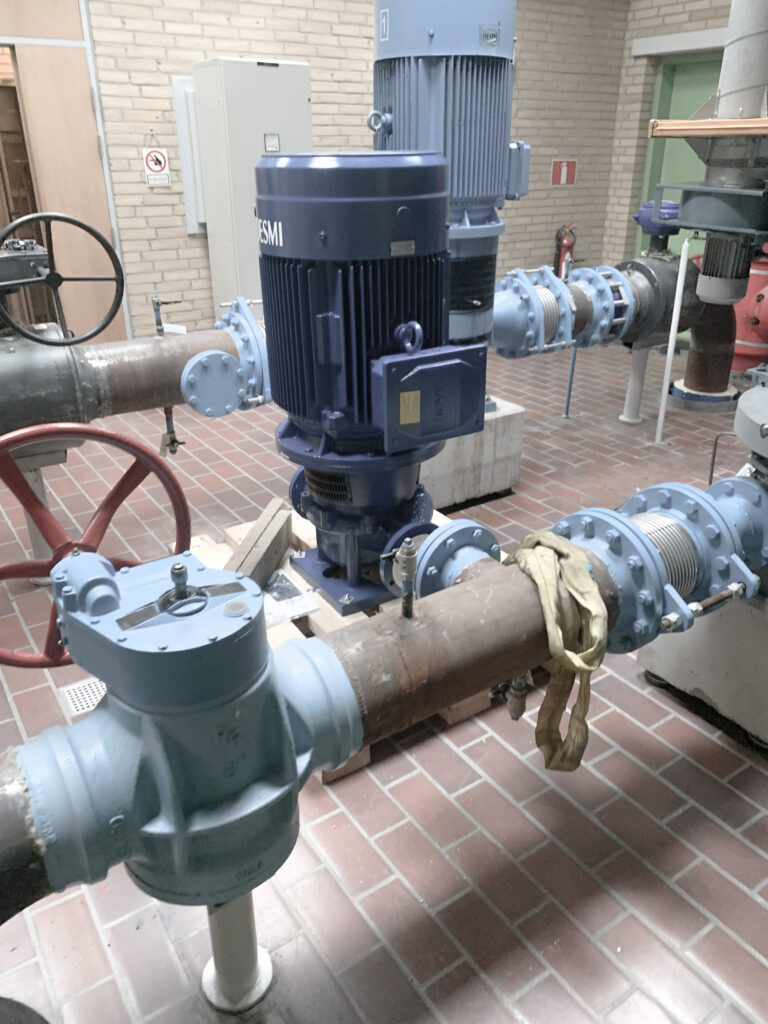
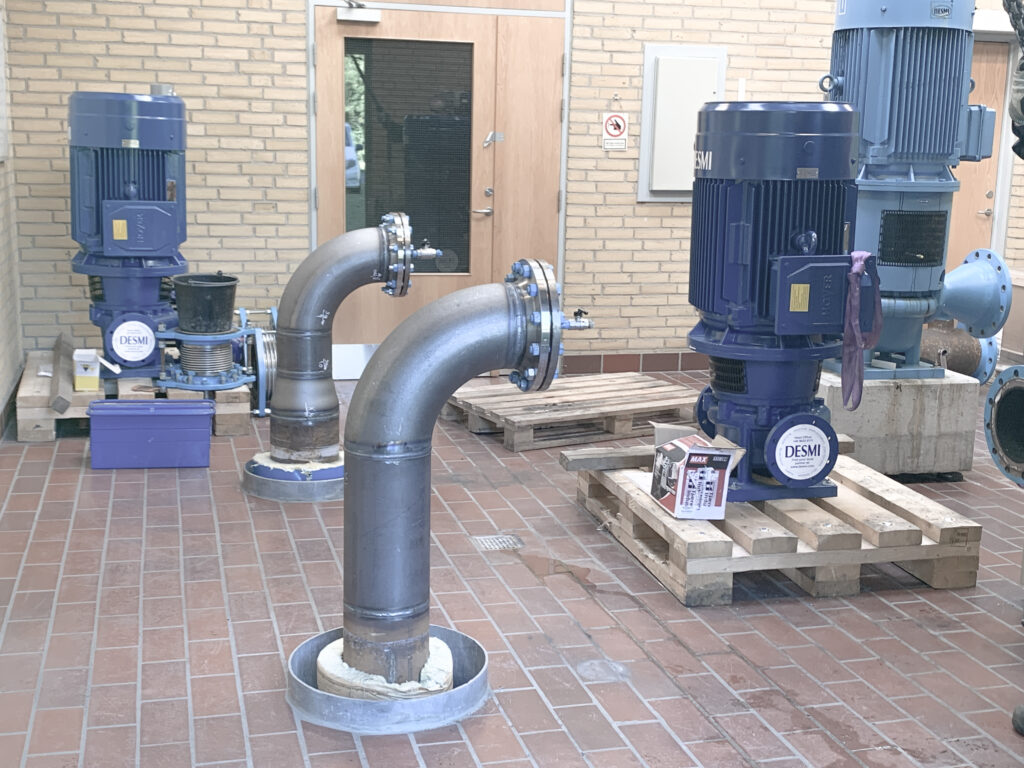
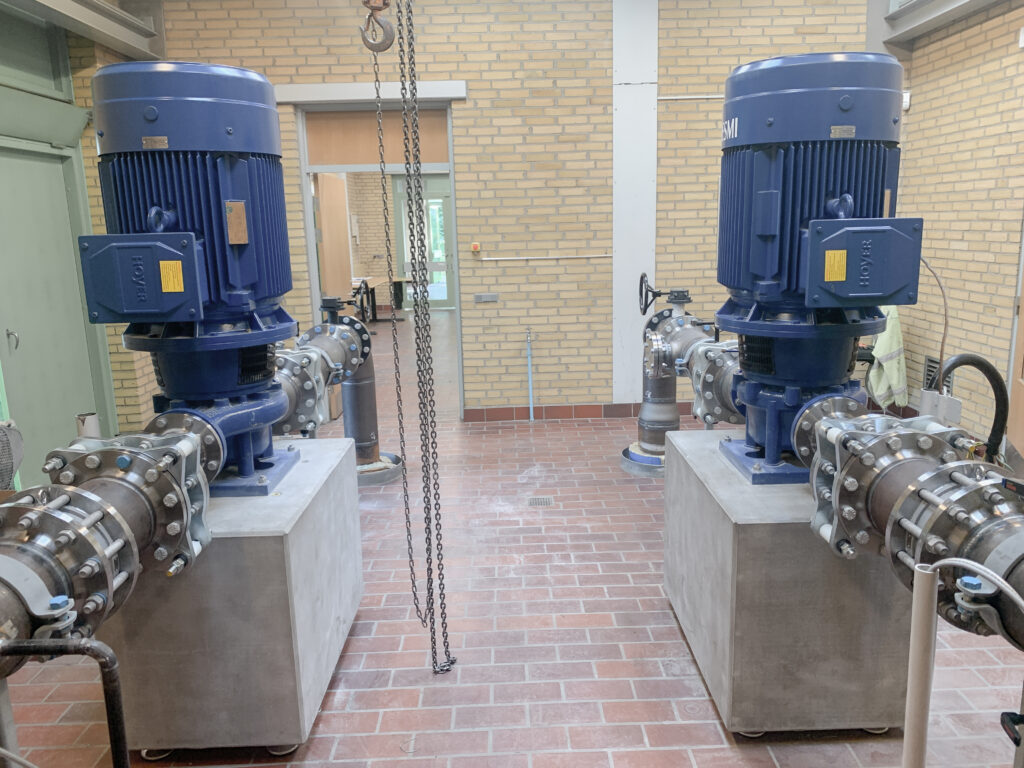
Repairing the transformer is a cost-efficient solution, compared to exchanging the damaged unit. In most cases with leaking transformers, we are able to repair the transformer, using our specialized welding repair method. Our method is designed to reduce both downtime and cost of ownership, and thereby maximizing the availability and performance of your assets.
We have many years of experience within the field of welding repair sol
utions and hundreds of transformers still operating today. Our skilled employees are highly trained to carry out the procedure, making sure that the transformers can continue to operate without leakages and without the need for replacement.
The repairing process is smooth and fast and is performed without any drainage of the transformer. Depending on the leaks, the timeframe of the repair is typically 2-5 days, from inspecti- on of the transformer to completion of the final documentation.
1. Detection & inspection
The leaks are typically detected during an inspection, which leads to further inspections to identify and map the leaks. The process is fully documented.
2. Repairing process
Repairing the leaks, using special developed on-site welding methods, thus reducing both downtime and costs significantly.
3. Testing & documentation
Pressure testing and documentation to ensure that the transformer is sealed. The welding repair of the transformer is completed and documented.
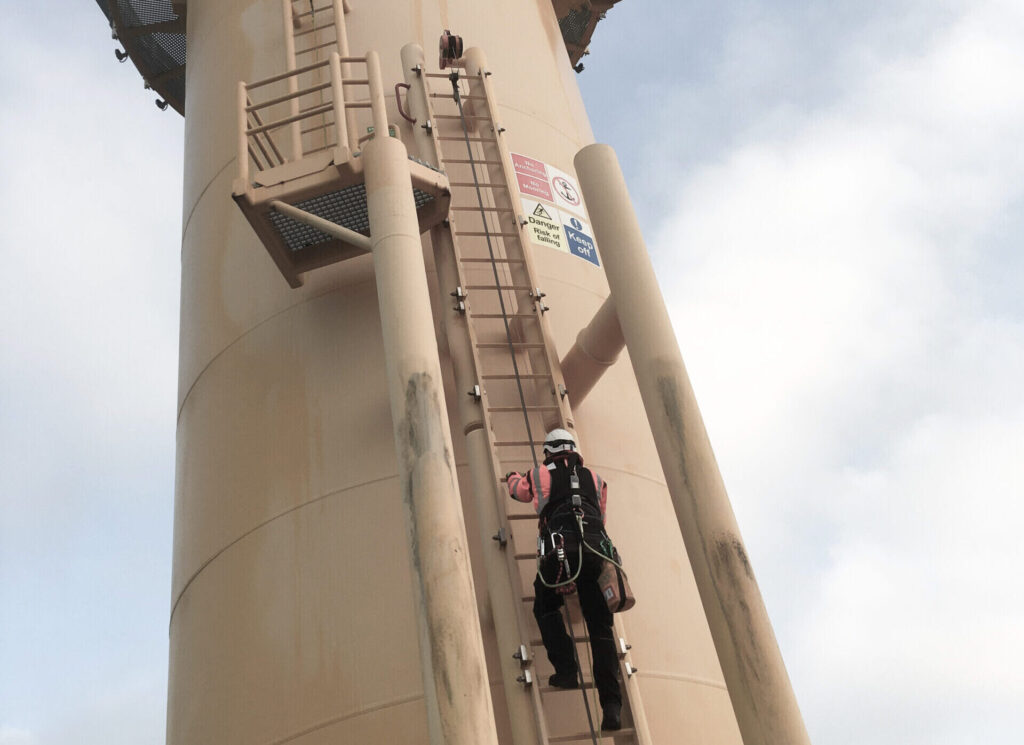
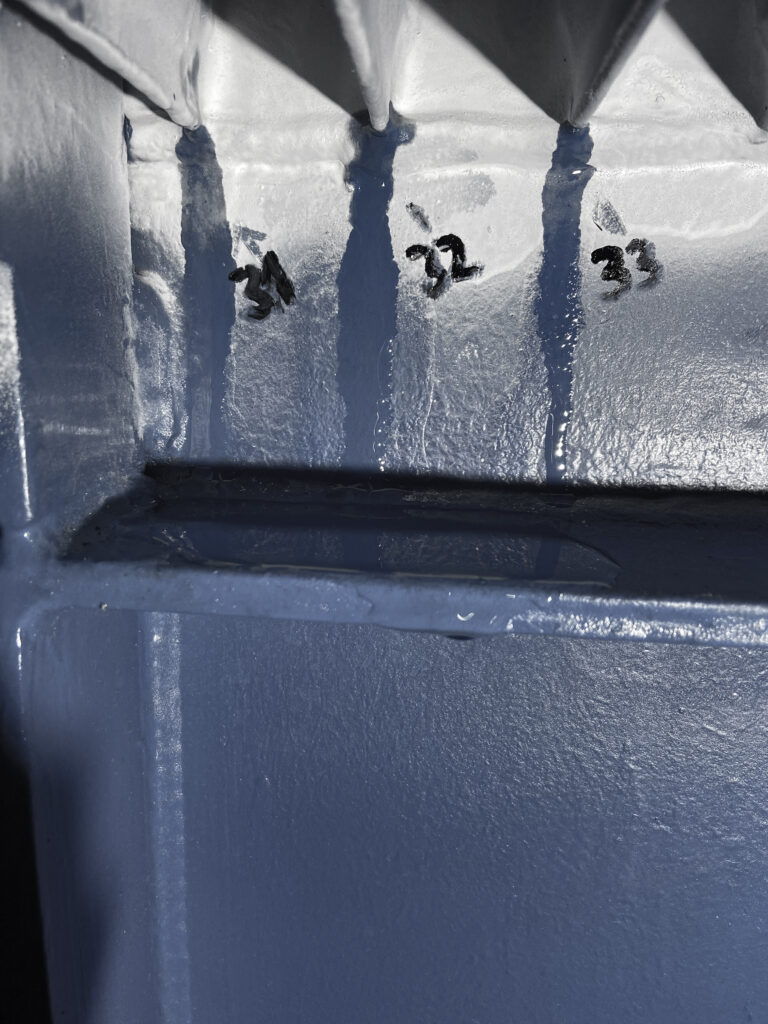
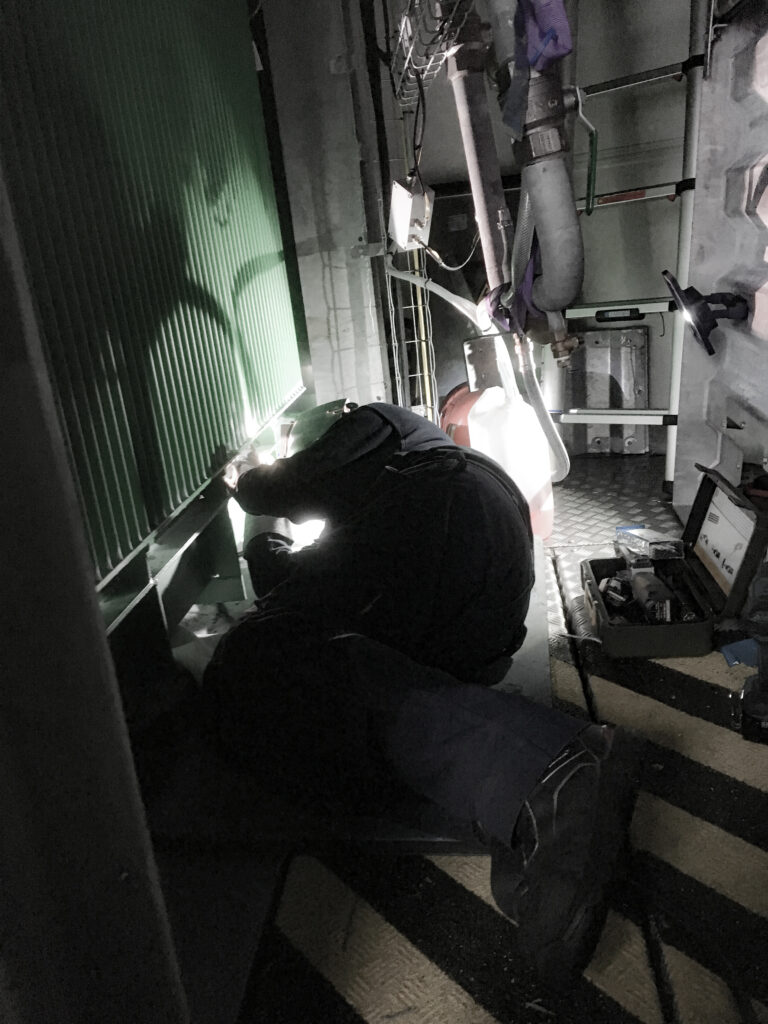
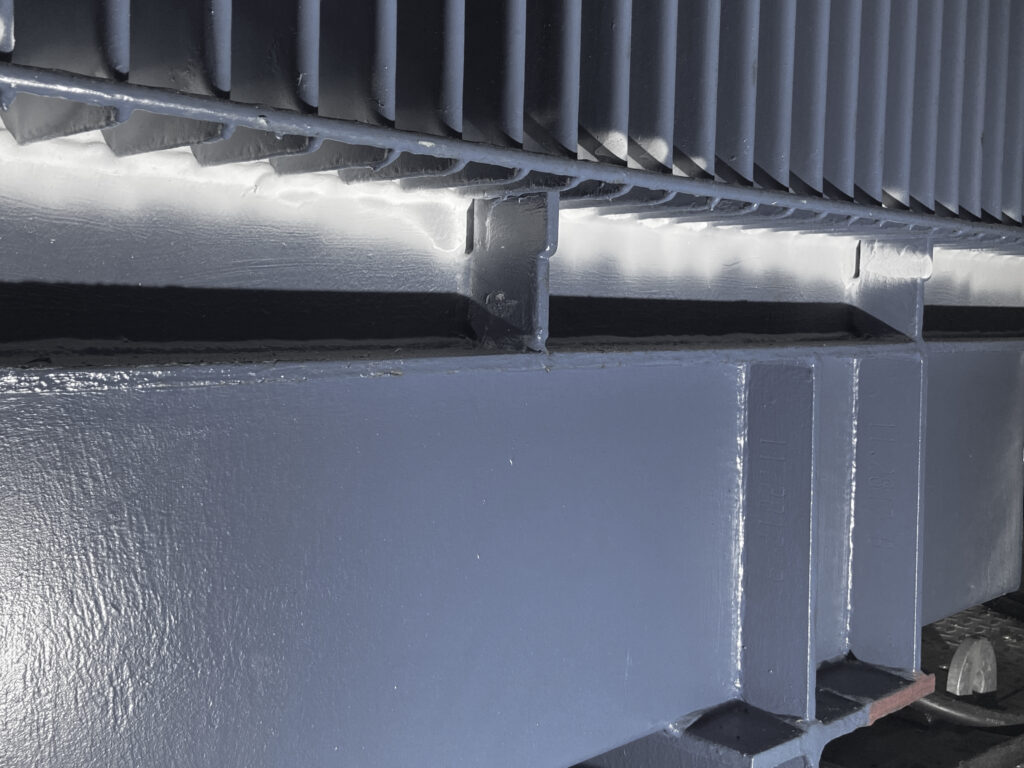
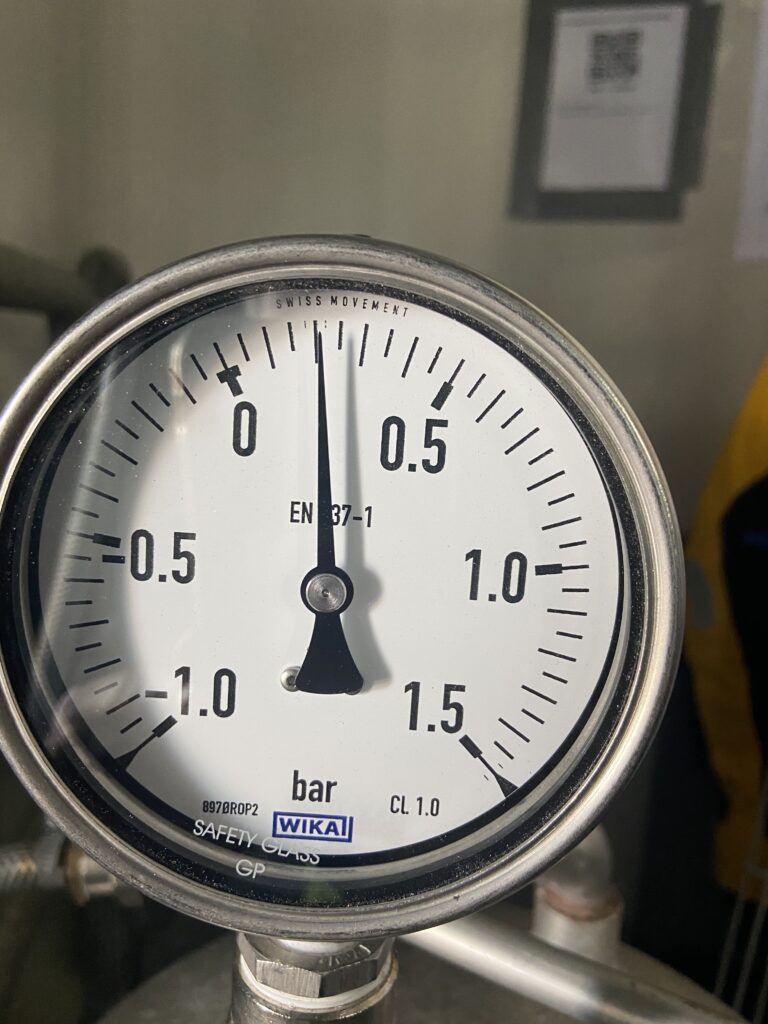
Contact us for more information about the repair method. Find our contact info right here
Our UK based NDT & Inspection team, led by Stephen Chambers, carry out major on and offshore inspection methods for aging turbines or turbines that are new in service. Our catalogue of inspection methods ranges far and wide, and among others we can mention:
𝗘𝗱𝗱𝘆 𝗰𝘂𝗿𝗿𝗲𝗻𝘁 𝘁𝗲𝘀𝘁𝗶𝗻𝗴 (𝗘𝗧)
A method performed on mainframes and turbine towers that makes us capable of testing issues without the need to remove paint to identify flaws in metal surfaces and welds.
Non-destructive testing which can detect surface and subsurface defects of the welds, used post ET if any indications found with the latter method.
By sending ultrasonic waves through a structure or material, we can detect potential flaws in key safety points in e.g., ladder welds and platforms.
𝗣𝗵𝗮𝘀𝗲𝗱 𝗔𝗿𝗿𝗮𝘆 𝗨𝗹𝘁𝗿𝗮𝘀𝗼𝗻𝗶𝗰 𝗧𝗲𝘀𝘁𝗶𝗻𝗴 (𝗣𝗔𝗨𝗧)
An advanced NDT technique that detects defects in metal and composites and provides us with accurate and detailed information about the depth, size, and severity of the defect.
𝗢𝘃𝗲𝗿𝗮𝗹𝗹 𝘃𝗶𝘀𝘂𝗮𝗹 𝗶𝗻𝘀𝗽𝗲𝗰𝘁𝗶𝗼𝗻
The inspection is performed on both aging turbines and turbines that are new in service, using rope access or drones to inspect e.g., the blades of the turbine, main structures, and internal frames. If flaws are detected, further inspections and solutions can be implemented to prevent down time of assets.
Do not hesitate to contact us if you would like to know more about our advanced NDT and inspection methods and how we support both locally and globally. Contact info right here.
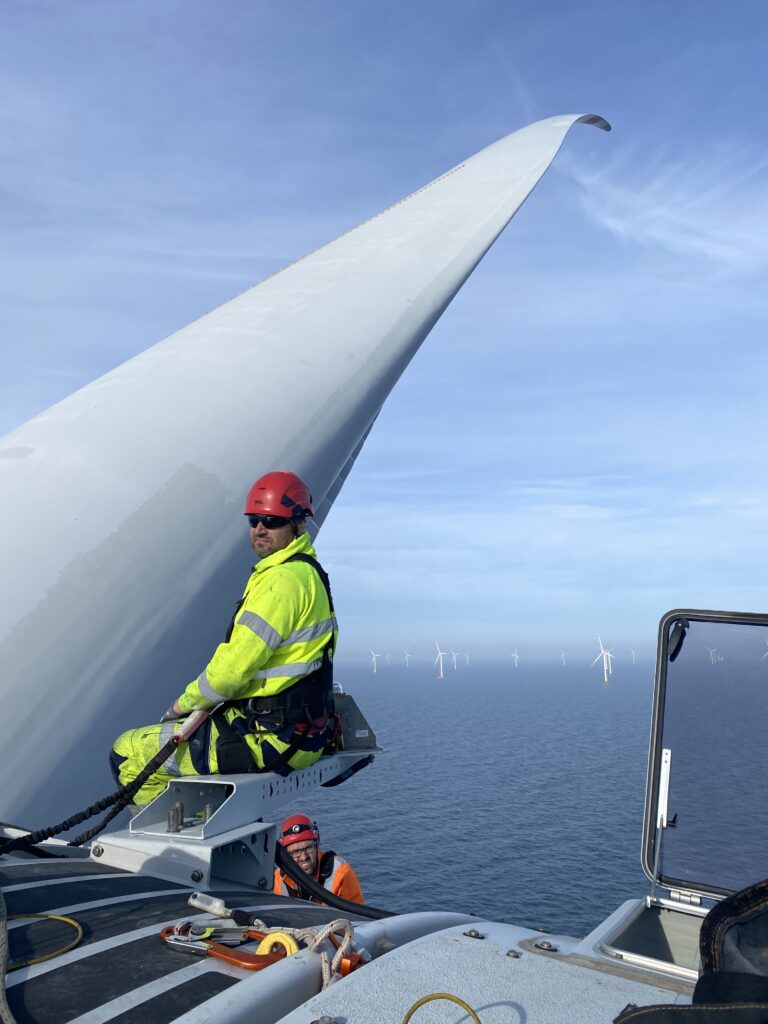
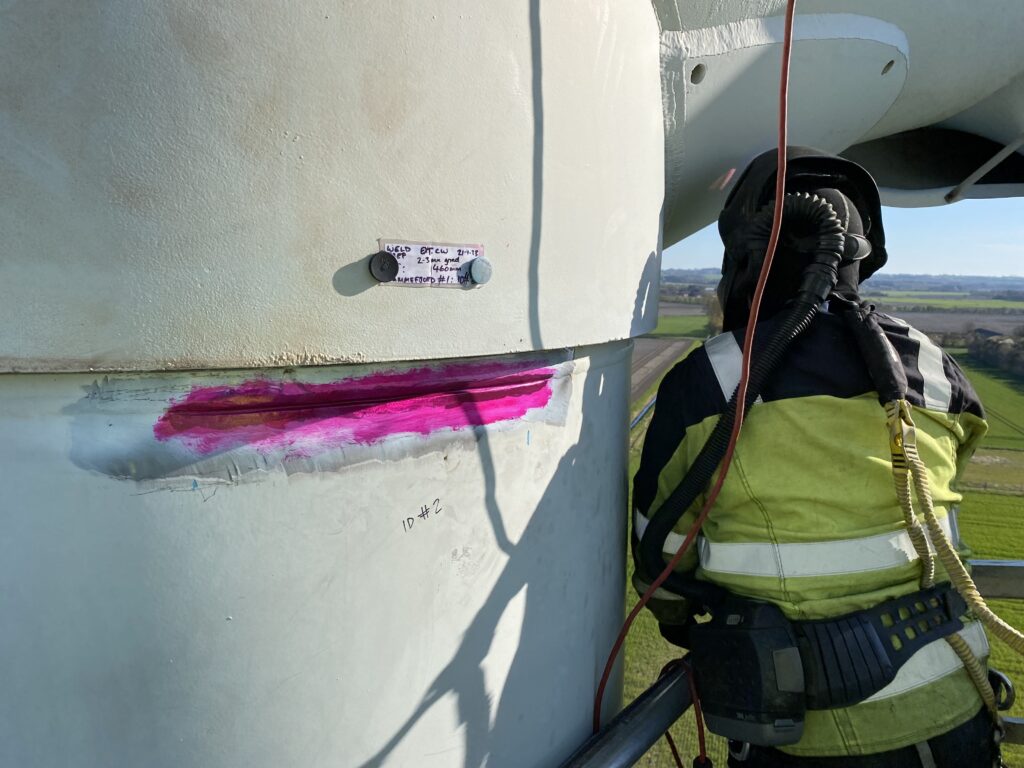
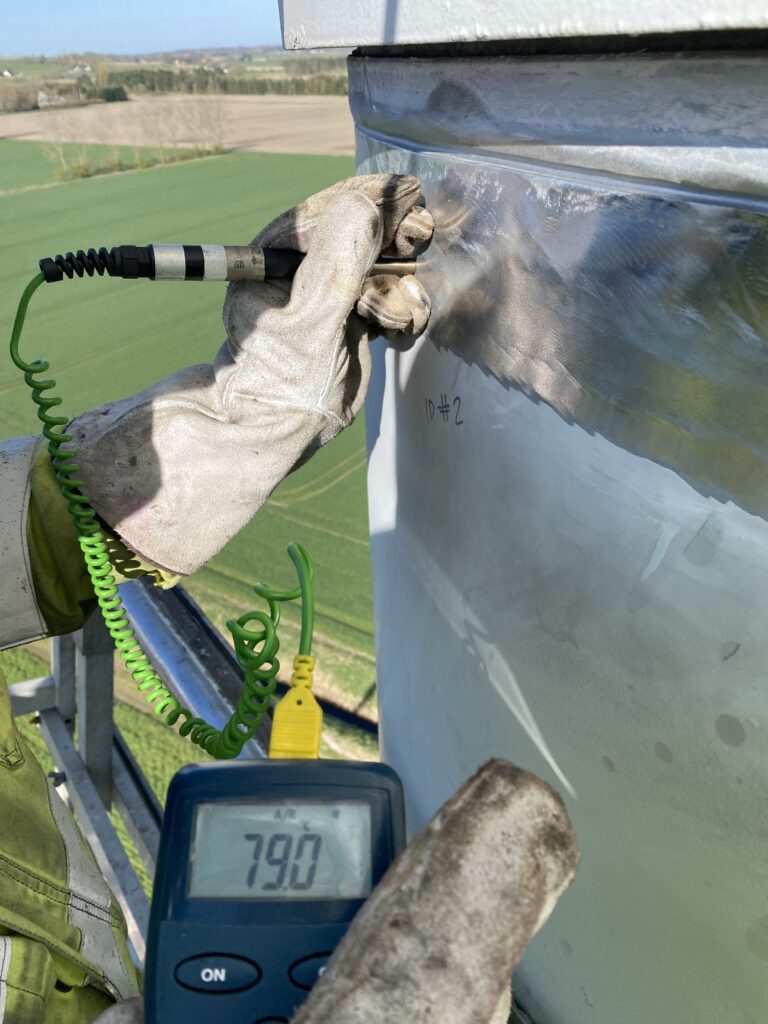
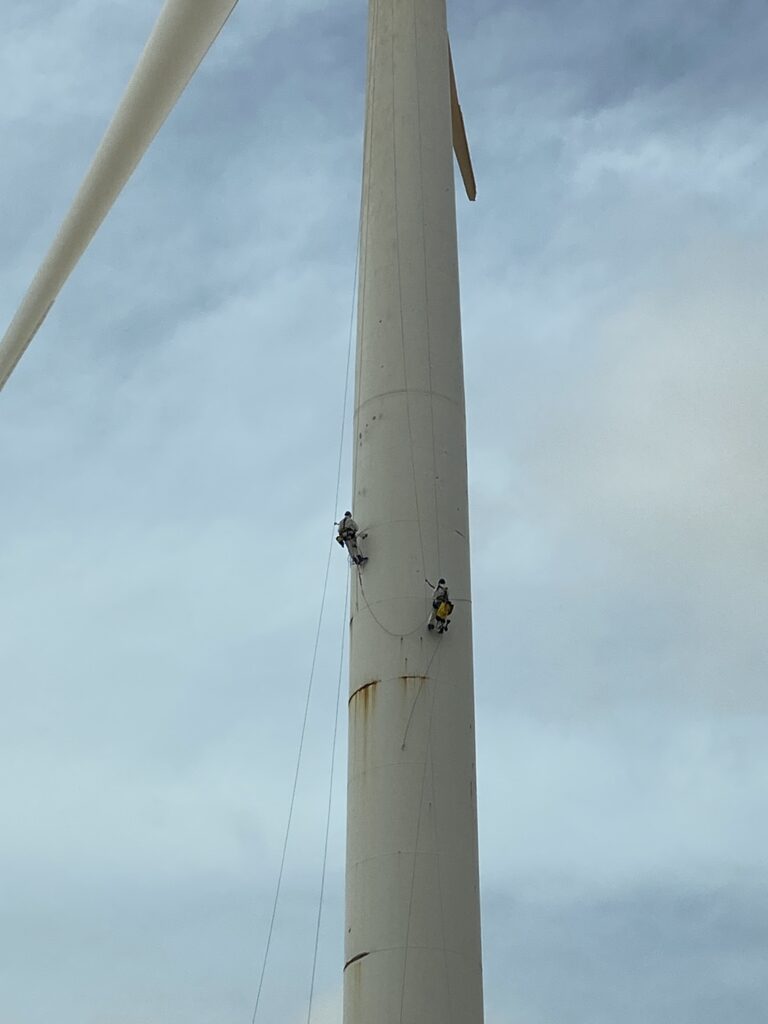
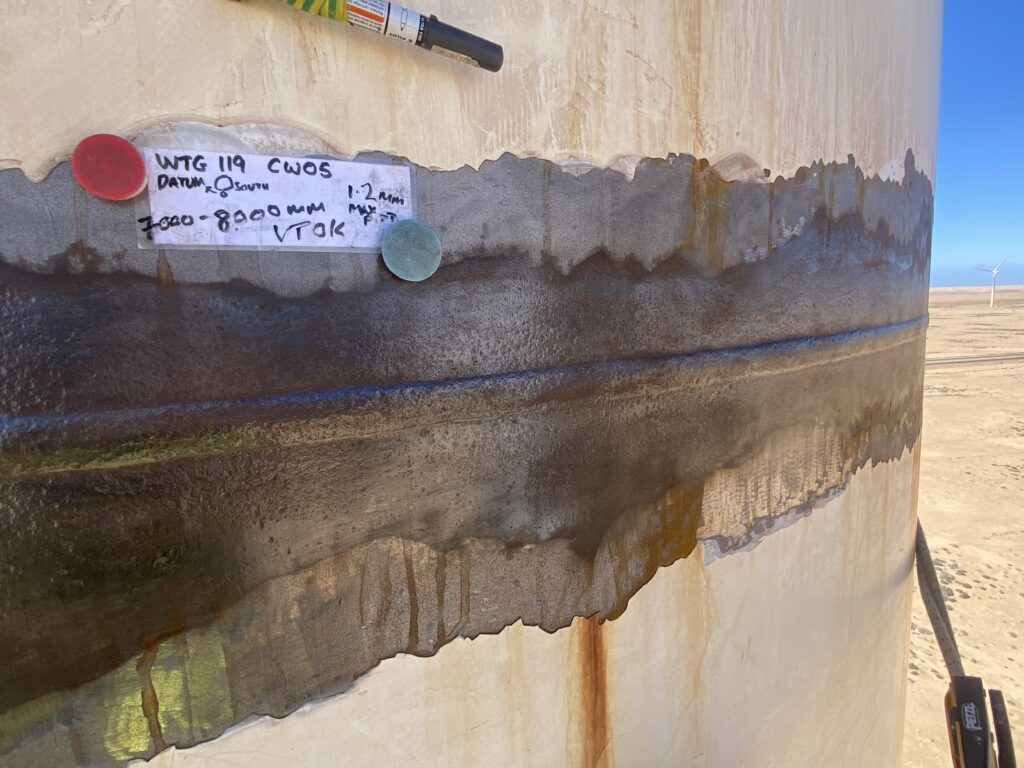
Translating practical experience into theory: supplying specialized welding and NDT knowledge to the concept development of Stiesdal’s Tetra-range of modular offshore floating foundations.
Stiesdal Offshore A/S develops and commercializes solutions with the aim of mitigating climate change. During the concept development of their offshore floating foundation, 3WIS got involved as advisors during the design and concept phase.
About the collaboration, Per Hyldahl, Chief Engineer at Stiesdal Offshore A/S, says:
”During the concept development, we were looking for external competencies and sparring regarding the welding and NDT. Therefore, we contacted 3WIS who brought both expertise and practical experience into the dialogue. Especially their practical experience made sure that we had thought it through – from initial design to final execution – which also shed light on challenges and solutions we had not immediately identified”.
Thank you for the trust and possibility to bring our specialized knowledge into play during this exciting development for the future floating wind industry.
Earlier this year we made a framework agreement with @Fjernvarme Fyn, a four-year-maintenance agreement of the heating district of the Danish Island, Funen.
At this point, we have already executed on the first five cases and solved them with great success.
We are beyond excited about this agreement and thankful for the trust, we have been given.
We are looking very much forward to collaborating with Fjernvarme Fyn the coming years.
We are happy to introduce our new Finance Manager, Helene Hansen, who has recently become a valuable addition to our office in Esbjerg, Denmark.
Helene has a background from the Transport & Logistics Industry, where she until now has worked the last 10 years.
A fun fact about Helene:
When she is not crushing numbers and budgets, she drives her motorcycle (Suzuki) across the Danish countryside.
We are eagerly anticipating the collaboration with Helene and enjoying having her as a part of our office environment. Welcome to the team!
Introduction:
As the first commercial models of wind turbines that are still standing today, are reaching 30 years of service, turbine owners begin to face the challenge of either continuing to maintain and optimize these older wind turbines or dismantle them. There comes a certain point where expenses to maintain the wind turbine might overdue the turnover from energy production. Some of the critical components that often require attention within wind turbines, are among others the mainframe, flanges, bolts and yaw rings. Traditionally, damages to some of these components on older turbines has led to the consideration of dismantling, if the turbines have outlived their designed lifetime and the guarantee-period from the developer is expired. This is where we at 3WIS offer our conceptual repair solutions, a proactive procedure that reinforces bearing steel structures, where deterioration appears. Wind turbine owners hereby can extend the lifetime of their assets with up to 10 years, hereby achieving increased return on their investment while reducing the environmental impact from decommissioning or installing new turbines.
What to consider when prolonging the lifetime of your assets
Taking all scenarios into account, here are some key figures that turbine owner should make when considering extending the life of their assets:
Calculating TOC is relative for each turbine, depending on wind site affecting the average AEP (Annual Energy Production), general condition of the other components on the turbine, potential local tariffs, and more.
The Impact of Reinforcing Solutions
Deterioration of exposed structures in older wind turbines or new turbines in general can be a quite concerning issue for turbine owners. In the past, damages to crucial components often meant extended repair and downtime, involving removement of the nacelle with heavy lifting equipment (among others) and replacing the damaged components. Hereby resulting in significant financial losses and contributing to environmental waste as well. However, by investing in reinforcing solutions, owners can now significantly extend the lifetime of their assets.
Preventive maintenance through Core Integrity Testing
One of the solutions we provide at 3WIS is a preventive maintenance-based multipoint inspection of exposed areas, at an early stage. Preventive maintenance through on-going NDT inspections, may also be a solution that helps service companies as part of their core integrity checks, as well as turbine owners, in maintaining quality- & safety demands from their insurance companies. Adopting a procedure that reinforces the mainframe aligns with regulatory standards and certification requirements. he turbine in peak condition and in compliance with safety guidelines, enhancing the credibility within the wind energy sector.
Maximizing Return on Investment:
The implementation of the proactive procedure for reinforcing exposed structures allows wind turbine owners to protect their investments and increase their return on invest over more years. By addressing deterioration at an early stage, operators can prevent further damage, costly repairs, and unplanned downtime, through a cost-friendly and fast reinforcement procedure. If other mechanical or electrical parts of the turbine is in good condition, reinforcement of exposed structures is a cost-friendly and highly beneficial solution.
Environmental Benefits:
Sustainable development requires the optimization of existing resources and minimizing waste. Extending the life of older wind turbines through reinforcement of the mainframe is a solution that contributes to a significant reduction in the environmental impact associated with producing new turbine. The mainframe is a highly exposed steel structure of the wind turbine, that most turbines experience within their designed lifetime. By keeping functional turbines in operation, the industry can decrease the amount of waste that the industry produces, through manufacturing processes, and energy consumption involved in building new units.
Conclusion:
Wind turbine owners face the dual challenge of either keeping their turbines running or dismantling them when they have reached their designed lifetime and that service and repair expenses exceed turnover from energy production. The implementation of a procedure such as reinforcing exposed steel structures, when deterioration appears, represents a significant step towards keeping older turbines running. By extending the life of older wind turbines by up to 10 years, operators can continue to generate more renewable energy and therefore improving total cost of ownership while simultaneously reducing the environmental impact of installing new turbines. Embracing these reinforcing solutions underscores the wind industry's commitment to sustainability, safety, and responsibility of resources, paving the way for a greener and more resilient exploitation of wind power.
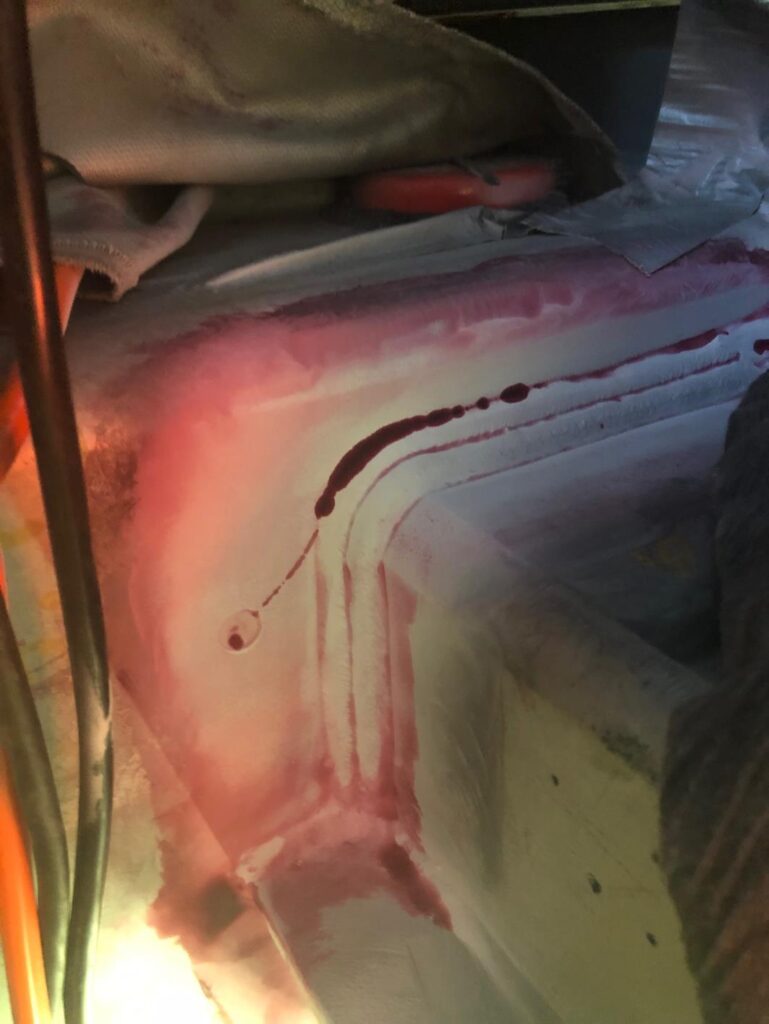
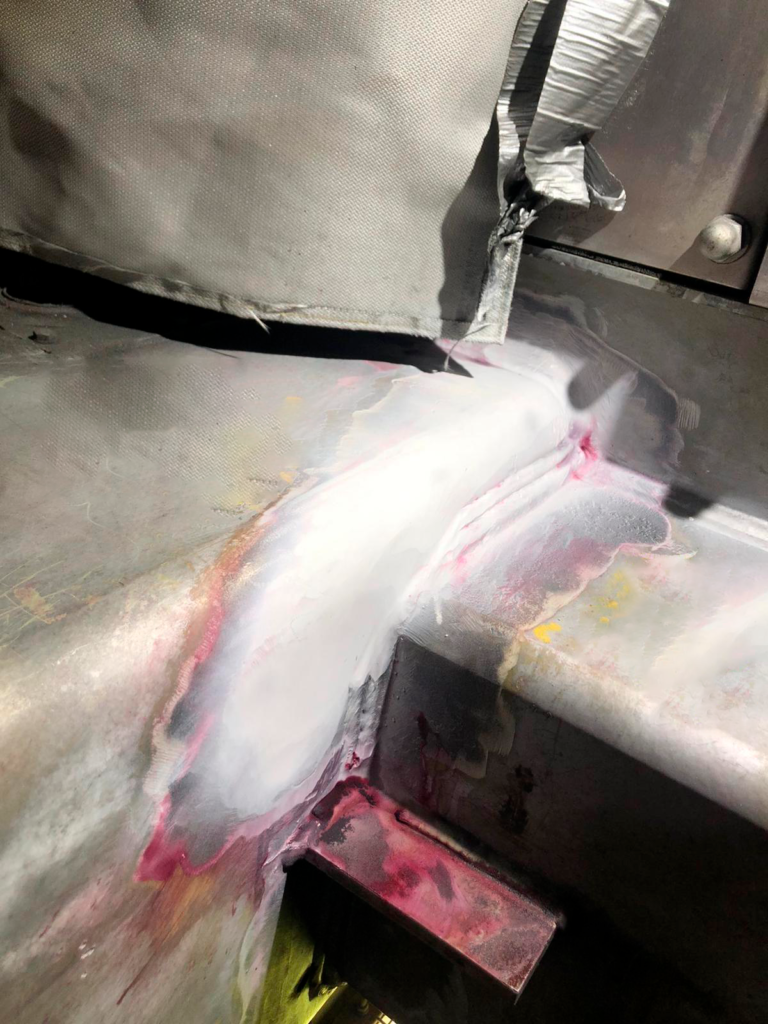
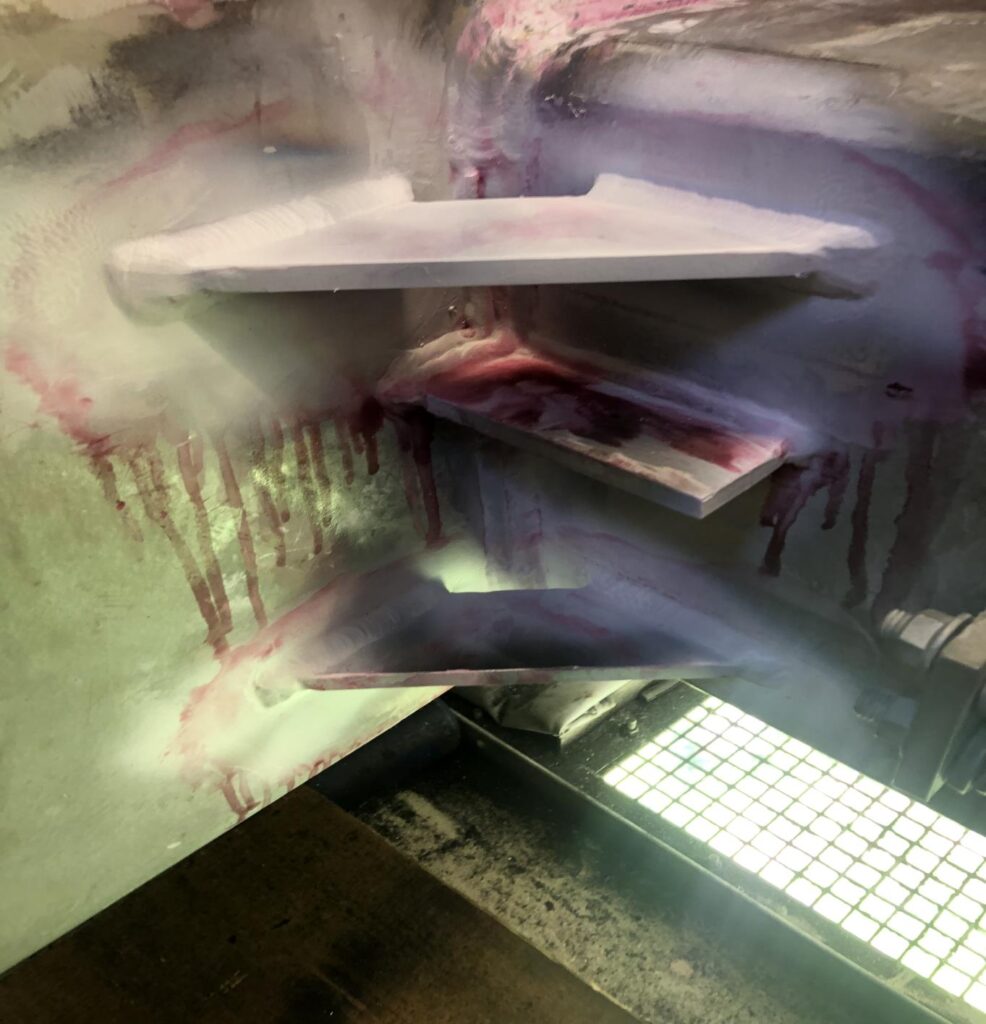
It is with great pleasure that we have welcomed a new colleague!
Allan Madsen recently stepped into the position as our new Head of Quality, Health, Safety & Environment. He comes to 3WIS with a strong record of similar positions and has throughout his career been employed within the renewable industry working with implementation and operation of QHSE systems.
Allan states about his new position as Head of QHSE:
“When 3WIS reached out and presented the position as Head of QHSE, I was again motivated to work with the whole spectrum of QHSE-standards. By drawing on my experience within this field, I believe I can contribute to improving the QHSE work and at the same time learn more about this industry though my very professional skilled coworkers.”
A warm welcome to 3WIS, Allan. We are looking very much forward to working with you